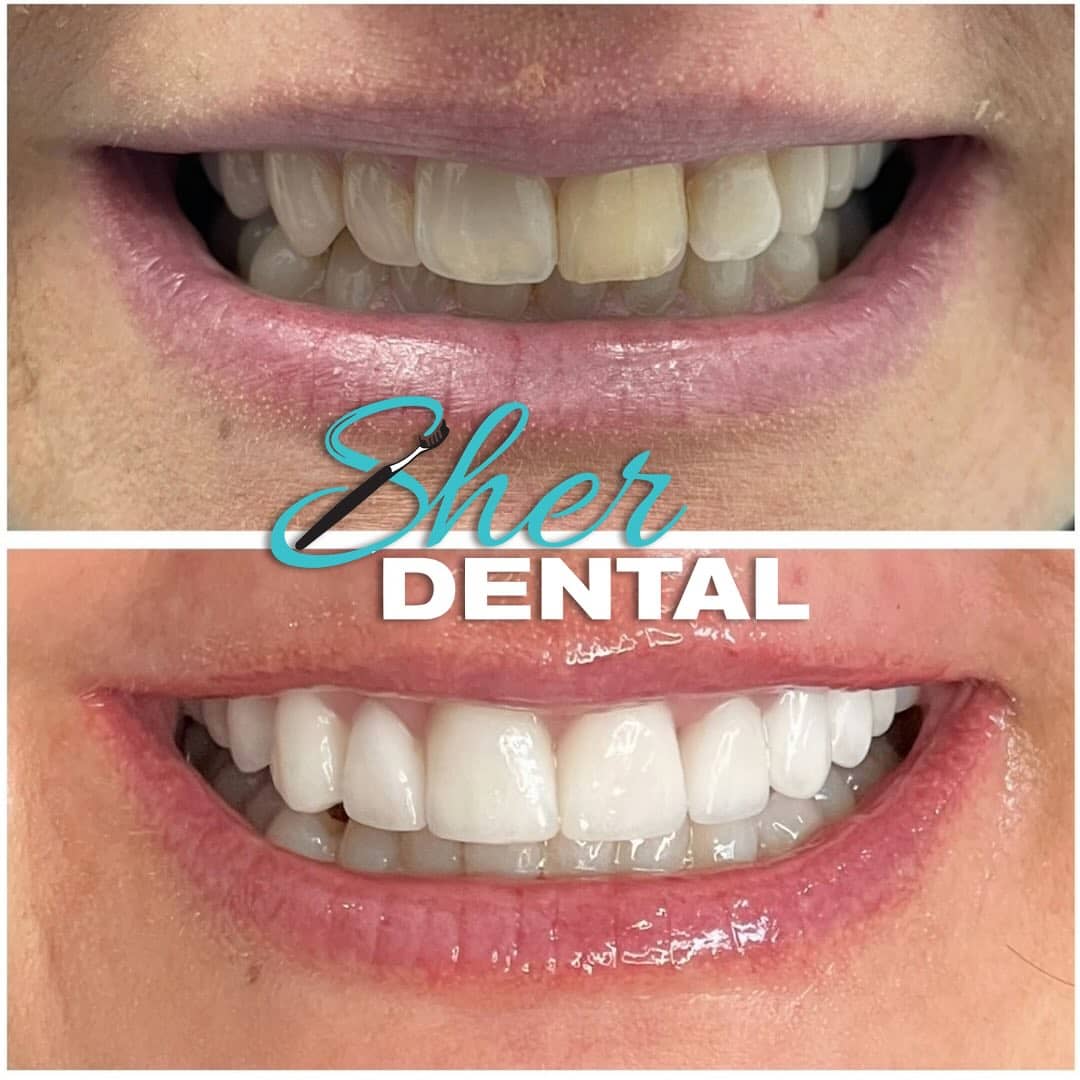The teeth whitening visit ends, and your smile looks brighter in the mirror. Later, a cool sip of water feels sharp for a moment. This short, temporary sensitivity is common after professional teeth whitening and responds well to simple steps. The goal is to know what feels normal in the first few days, how to ease it at home, and when to ask for adjustments. This guide explains the usual timeline, clear relief strategies, and in‑office options that support comfort and protect results. For a personalized plan, a cosmetic dentist in Aventura, FL aligns gel strength, session timing, and aftercare with your comfort goals.
What Causes Sensitivity after Whitening
- Whitening gels pass through enamel and briefly increase fluid movement in dentinal tubules, which heightens temperature response for a short period.
- Intensity relates to gel concentration, total contact time, and baseline factors such as prior sensitivity, gum recession, or enamel wear.
- In‑office controls include precise isolation, timed application cycles, and immediate desensitizer use to limit sensitivity and shorten duration.
What’s Normal, and How Long it Lasts
- Brief twinges with cold or sweet are common and ease as teeth rehydrate over the first days.
- Most sensitivity improves within 24–72 hours with routine care and simple temperature choices.
- Gentle hygiene and a recent cleaning often support even results and a smoother recovery window.
When to check in with your provider
- Sensations that last beyond 72 hours, increase, or affect daily routines deserve a quick review and guidance.
- New bite tenderness, lingering hot sensitivity, or visible gum irritation also merit a call for assessment.
- A dentist in Aventura can adjust gel strength, cycle timing, tray fit, and product recommendations to improve comfort.
A simple 48‑hour comfort plan
- Temperature: choose room‑temperature water and foods for 48 hours, so temperature twinges ease while enamel rehydrates.
- Brushing: use a soft brush and a non‑whitening toothpaste with light pressure, so gums and enamel stay comfortable as sensitivity tapers.
- Diet: pause high‑acid and highly pigmented items for two days, then reintroduce with a water rinse, so shade stability and comfort improve together.
- Relief: use over‑the‑counter analgesics as directed and avoid placing medication on tissues, so relief is predictable and safe.
At‑home products that help
- Desensitizing toothpaste with potassium nitrate: start 7–14 days before whitening and continue 1–2 weeks after, so tubule activity settles.
- Fluoride support at night using stannous or neutral fluoride rinse or gel, so remineralization supports comfort and recovery.
- Remineralizing agents such as nano‑hydroxyapatite once daily as guidance, so the surface feels smoother and less reactive.
- If using custom trays at home, alternate desensitizer and whitening on separate days, so comfort and results stay in balance.
In‑office ways to reduce sensitivity
- Protocol adjustments: use a lower gel concentration, shorten application cycles, and add rests between cycles, so sensitivity stays manageable.
- Tissue protection: refine isolation barriers to reduce gum exposure, so soft tissues remain comfortable after the visit.
- Chairside agents: apply fluoride varnish or oxalate desensitizers immediately after whitening, so post‑treatment comfort improves.
- Staging care: pre‑treat sensitivity and split whitening into shorter, spaced sessions, so comfort guides the pace of shade change.
Schedule Whitening With Comfort in Mind
Have questions about comfort after whitening or want a sensitivity‑first plan that fits your schedule? Call Sher Dental at 305-456-5800 or email aventura@sherdental.com to request a short consult and a personalized 48‑hour care guide. Book online to align gel strength, session timing, and at‑home products with your goals. If you prefer local, tailored guidance from a cosmetic dentist, our dentist in Aventura reviews your history and adjusts your protocol before treatment.

